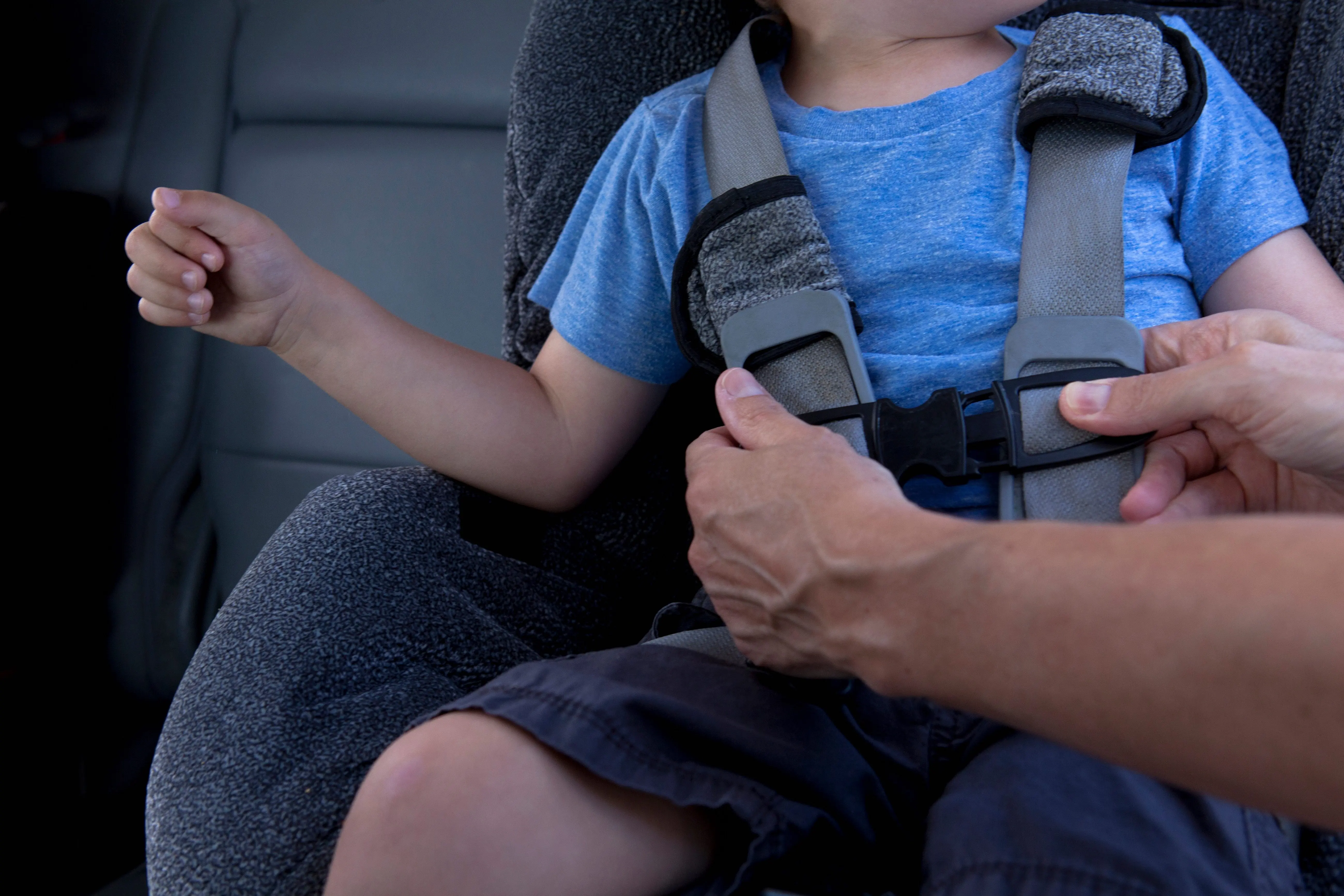
By Aidan Mortensen | KOAL News
When entering the world of parenting, finding the right car seat for your child can be a daunting task. Old wives’ tales about the best age and size for transitioning from a car seat to a booster seat can create a confusing cacophony of misinformation.
To help alleviate some of the noise, the National Highway Traffic Safety Administration is launching a new campaign to promote Child Passenger Safety Week. NHTSA Safety Specialist Laura Dunn joined the KOAL newsroom to discuss this campaign and provide tips on finding the right car seats for the children in your life.
“We want to remind every parent and caregiver of the importance of using the right seat for your child’s age and size and using that seat every trip and every time. But parents should be concerned about using car seats because they really are our best bet of keeping your children safe in the vehicle,” explained Dunn.
She continued, “To put it in perspective for parents, in 2023, we had an average of three children killed and 442 children injured every day in traffic crashes in the United States. As much as parents are driving, doing pickups and drop-offs, and attending activities after school, this really is something that affects people’s everyday lives. And when installed correctly, car seats can reduce the risk of fatal injury in a crash by 71% for infants and by 54% for toddlers. So we know they work and we encourage parents to seek out the seats that work best for their children and then to use them correctly.”
One of the most challenging aspects of navigating the world of car seats is determining when to switch to a different style as your child grows. Dunn provided some wisdom on the matter: “In every phase, we really want to encourage parents to check the size limits of your child’s seat for rear-facing seats, forward-facing seats, and boosters. You want to keep your child in that right seat mode for as long as their height or weight allows you to.”
Dunn added,” You want to ask yourself, how long can I keep my child in this seat versus how soon can I move my child to the next seat? We really want to encourage folks to maximize the safety benefits of staying rear-facing and then staying in a forward-facing harness and then transitioning to that all-important booster before they transition their child to an adult seat belt.”
To assist, the NHTSA has created a car seat finder, which provides the latest insight on when to switch seats.
Dunn also took the time to cover some common mistakes seen in preparing car seats,” One of the most common mistakes that we see is having a loose car seat harness. It’s a common mistake, but it can put children at risk. We want the car seat harness to be snug but not uncomfortable. You’ll know that the fit is right if, when the car seat harness is tightened, you can’t pinch any extra harness webbing at the shoulder … Another thing that we see parents struggling with is not using the tether for forward-facing car seats. It’s a key component of using forward-facing car seats, and it helps keep the top of the car seat in place, which can prevent head injury for children. So check out your car seat manual and your vehicle owner’s manual to help you find the right anchor, the right place for that to be installed in your vehicle.”
Closing our conversation, Dunn stated,” I do want to say that all kids are safest if they are buckled up in the back seats until the age of 13. And if parents want more information about our Car Seat Finder tool, our Inspection Station Locator, they can visit our website at NHTSA.gov/therightseat. It’s a great starting point for parents to make sure that their children are riding safely.”
